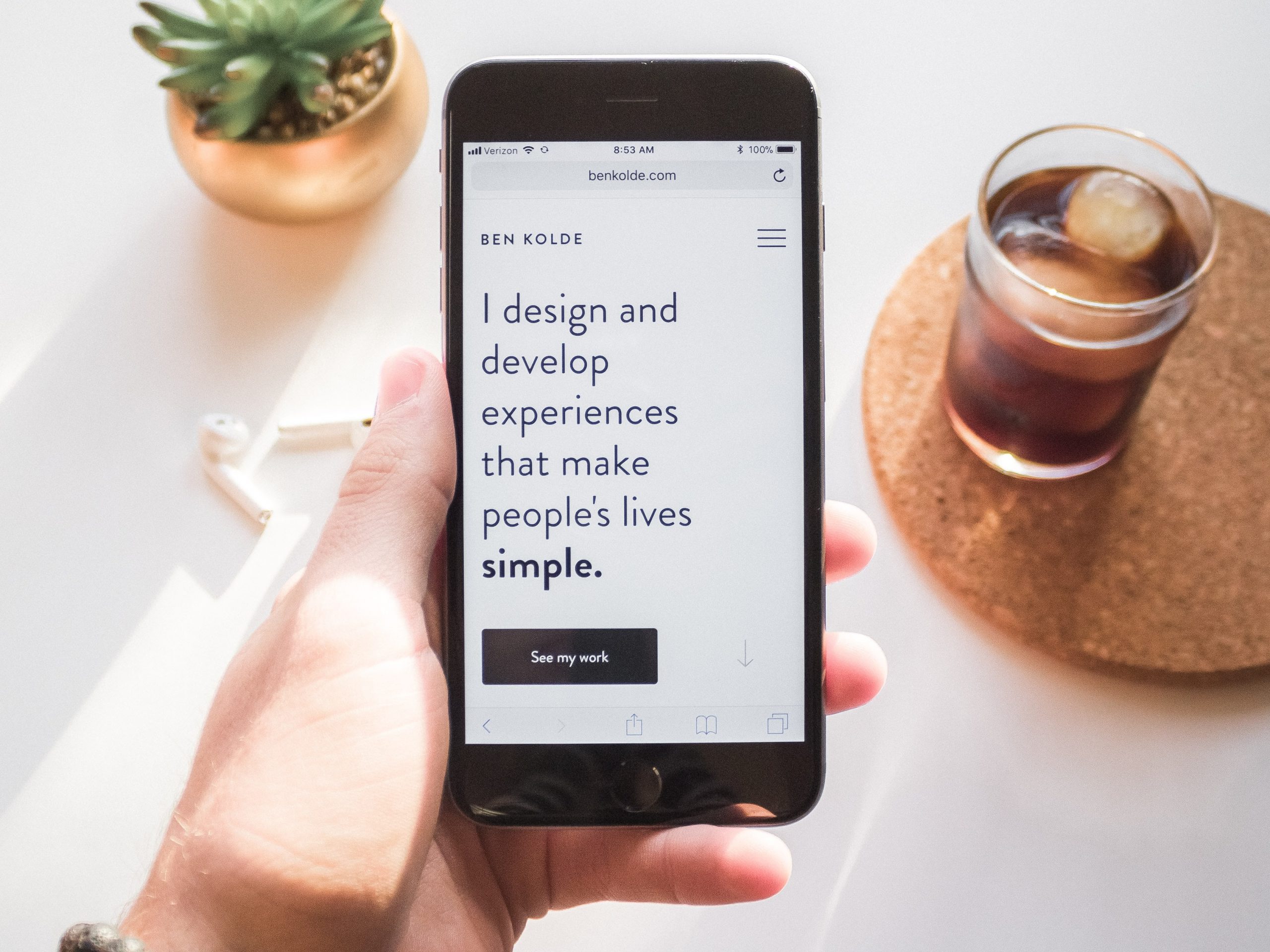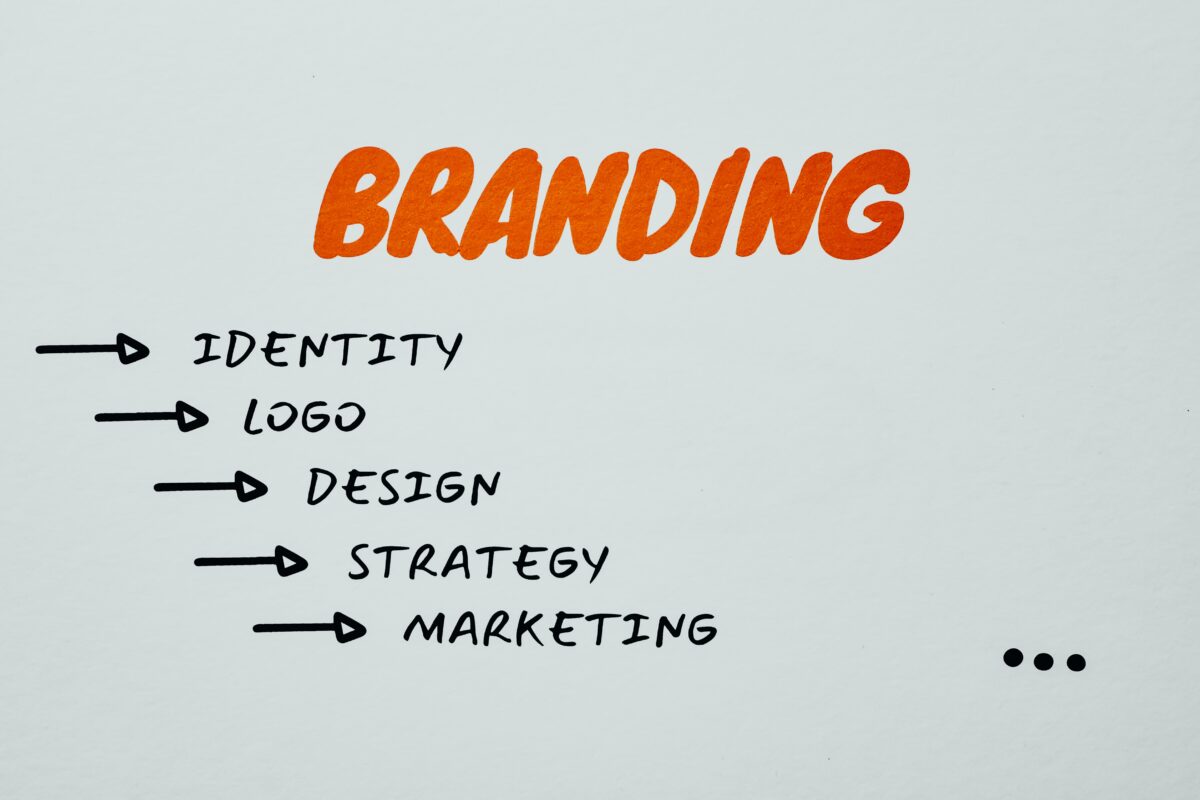Branding directly impacts the success of a business online, so you’ll want to consider creating a brand style guide if you don’t already have one. Think of a brand style guide as the rulebook for how your business presents itself to the world. This includes … Continue reading “5 tips to create a brand style guide for your business”
Online storytelling: The intersection of branding and marketing
In today’s digital landscape, people are bombarded with so much information from various directions. In Donald Miller’s book Building A Story Brand, Miller states, “Story is the greatest weapon to combat noise.” He explained that the story organizes information that compels people to listen. Online … Continue reading “Online storytelling: The intersection of branding and marketing”
6 tips to boost brand awareness with email marketing
In a digital world where a brand’s visibility can make or break its success, building strong brand awareness has become a non-negotiable part of any effective marketing strategy. Yet, amidst the noise of social media campaigns and influencer partnerships, one tool often flies under the … Continue reading “6 tips to boost brand awareness with email marketing”
10 tips to build up your personal brand and grow your business
A personal brand isn’t all that different from your company’s brand. You’re simply marketing yourself (your knowledge and expertise) instead of your company’s products or services. But why focus on your personal brand? Depending on your role with your company, standing out from the crowd … Continue reading “10 tips to build up your personal brand and grow your business”
8 steps for finding your franchise voice
You may hear it often these days. Your franchise voice is everything online. It helps people connect with your brand, engage with you and (hopefully) come to trust you. As Amazon CEO Jeff Bezos once said, “Your brand is what people say about you when … Continue reading “8 steps for finding your franchise voice”
5 signs that your branding is broken
Your brand is your business’s identity. So, your branding is the reflection and culmination of your business’s personality, appearance, voice and overall vibe. It takes about seven seconds for consumers to make an instant decision about whether or not they like and trust your brand. … Continue reading “5 signs that your branding is broken”
5 tips for successful brand collaboration
Successful brand collaboration can help your company grow its online reputation (in a good way) and reach a wider audience. But if your partnership is weak or not the best fit, your collaboration will fail, which could cost you your reputation or even your profit. … Continue reading “5 tips for successful brand collaboration”
5 steps to determine your brand personality
Brands have personalities just like humans do. But if you’re a little unsure how to define your particular brand personality, you’ve come to the right place. A brand personality involves the human characteristics of a brand, which your customers can relate to and connect with. … Continue reading “5 steps to determine your brand personality”
6 tips to create brand loyalty for your business
While attracting new customers will always matter, you can’t forget about your existing customers (and building up their loyalty to your brand). Just a 5 percent increase in customer retention can lead to at least a 25 percent increase in profit. Fortunately, while consumers do … Continue reading “6 tips to create brand loyalty for your business”
5 tips to create an effective mission statement for your business
Successful digital marketing incorporates sharing the story of your brand, sharing what you do, how you do it and why. To help nail down the focus of your story and the purpose of your business, you should consider creating a mission statement. They work externally … Continue reading “5 tips to create an effective mission statement for your business”
Branding: 9 expert tips to build your brand from scratch
Depending on your experience, creating a new brand from scratch can either be really fun or really stressful. Or both. But branding can be done step-by-step in a thoughtful way that results in something that connects with the customers you’re seeking. A brand consists of: … Continue reading “Branding: 9 expert tips to build your brand from scratch”
8 tips to build your fitness brand from scratch
First impressions are everything, especially when it comes to your fitness brand. In fact, it takes only 10 seconds for a consumer to cement his or her first impression of your fitness brand. Fitness is a crowded industry with many similar-sounding and similar-looking brands. It’s … Continue reading “8 tips to build your fitness brand from scratch”
Find your voice: 8 tips for reflecting your brand’s personality
You may hear it often these days. Your “brand voice” is everything online. It helps people connect with you, engage with you and (hopefully) come to trust you. As Amazon CEO Jeff Bezos once said, “Your brand is what people say about you when you’re … Continue reading “Find your voice: 8 tips for reflecting your brand’s personality”













